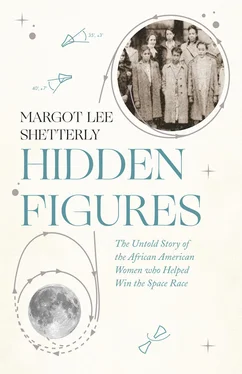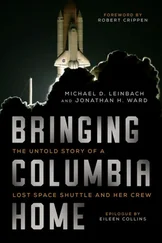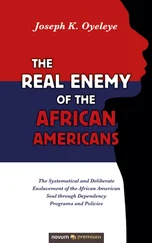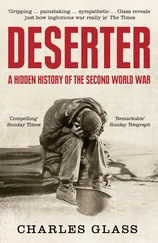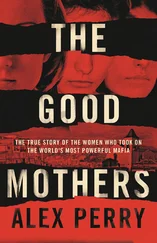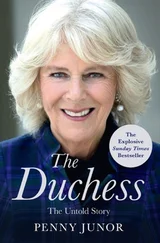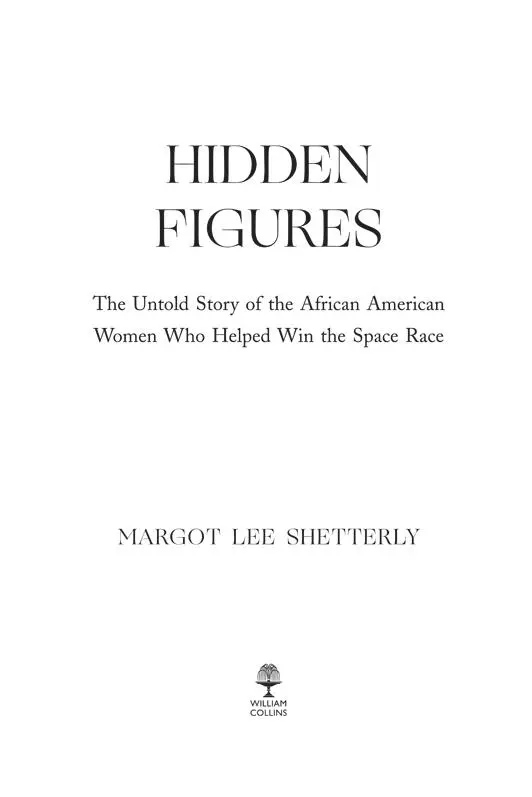
COPYRIGHT
William Collins
An imprint of HarperCollins Publishers
1 London Bridge Street
London SE1 9GF
www.WilliamCollinsBooks.com
This eBook first published in Great Britain by William Collins in 2016
First published in the United States by William Morrow, an imprint of HarperCollins Publishers , in 2016
Copyright © 2016 by Margot Lee Shetterly
Margot Lee Shetterly asserts the moral right to be identified as the author of this work
A catalogue record for this book is available from the British Library
All rights reserved under International and Pan-American Copyright Conventions. By payment of the required fees, you have been granted the non-exclusive, non-transferable right to access and read the text of this e-book on-screen. No part of this text may be reproduced, transmitted, down-loaded, decompiled, reverse engineered, or stored in or introduced into any information storage and retrieval system, in any form or by any means, whether electronic or mechanical, now known or hereinafter invented, without the express written permission of HarperCollins
Source ISBN: 9780008201289
Ebook Edition © September 2016 ISBN: 9780008201302
Version: 2018-09-26
DEDICATION
To my parents, Margaret G. Lee and Robert B. Lee III, and to all of the women at the NACA and NASA who offered their shoulders to stand on
CONTENTS
Cover
Title Page
Copyright
Dedication
Author’s Note
Prologue
1 A Door Opens
2 Mobilization
3 Past Is Prologue
4 The Double V
5 Manifest Destiny
6 War Birds
7 The Duration
8 Those Who Move Forward
9 Breaking Barriers
10 Home by the Sea
11 The Area Rule
12 Serendipity
13 Turbulence
14 Angle of Attack
15 Young, Gifted, and Black
16 What a Difference a Day Makes
17 Outer Space
18 With All Deliberate Speed
19 Model Behavior
20 Degrees of Freedom
21 Out of the Past, the Future
22 America Is for Everybody
23 To Boldly Go
Epilogue
Notes
Bibliography
Index
Acknowledgments
About the Author
Credits
About the Publisher
AUTHOR’S NOTE
“Negro.” “Colored.” “Indian.” “Girls.” Though some readers might find the language of Hidden Figures discordant to their modern ears, I’ve made every attempt to remain true to the time period, and to the voices of the individuals represented in this story.
PROLOGUE
Mrs. Land worked as a computer out at Langley,” my father said, taking a right turn out of the parking lot of First Baptist Church in Hampton, Virginia.
My husband and I visited my parents just after Christmas in 2010, enjoying a few days away from our full-time life and work in Mexico. They squired us around town in their twenty-year-old green minivan, my father driving, my mother in the front passenger seat, Aran and I buckled in behind like siblings. My father, gregarious as always, offered a stream of commentary that shifted fluidly from updates on the friends and neighbors we’d bumped into around town to the weather forecast to elaborate discourses on the physics underlying his latest research as a sixty-six-year-old doctoral student at Hampton University. He enjoyed touring my Maine-born-and-raised husband through our neck of the woods and refreshing my connection with local life and history in the process.
During our time home, I spent afternoons with my mother catching matinees at the local cinema, while Aran tagged along with my father and his friends to Norfolk State University football games. We gorged on fried-fish sandwiches at hole-in-the-wall joints near Buckroe Beach, visited the Hampton University Museum’s Native American art collection, and haunted local antiques shops.
As a callow eighteen-year-old leaving for college, I’d seen my hometown as a mere launching pad for a life in worldlier locales, a place to be from rather than a place to be. But years and miles away from home could never attenuate the city’s hold on my identity, and the more I explored places and people far from Hampton, the more my status as one of its daughters came to mean to me.
That day after church, we spent a long while catching up with the formidable Mrs. Land, who had been one of my favorite Sunday school teachers. Kathaleen Land, a retired NASA mathematician, still lived on her own well into her nineties and never missed a Sunday at church. We said our good-byes to her and clambered into the minivan, off to a family brunch. “A lot of the women around here, black and white, worked as computers,” my father said, glancing at Aran in the rearview mirror but addressing us both. “Kathryn Peddrew, Ophelia Taylor, Sue Wilder,” he said, ticking off a few more names. “And Katherine Johnson, who calculated the launch windows for the first astronauts.”
The narrative triggered memories decades old, of spending a much-treasured day off from school at my father’s office at the National Aeronautics and Space Administration’s Langley Research Center. I rode shotgun in our 1970s Pontiac, my brother, Ben, and sister Lauren in the back as our father drove the twenty minutes from our house, straight over the Virgil I. Grissom Bridge, down Mercury Boulevard, to the road that led to the NASA gate. Daddy flashed his badge, and we sailed through to a campus of perfectly straight parallel streets lined from one end to the other by unremarkable two-story redbrick buildings. Only the giant hypersonic wind tunnel complex—a one-hundred-foot ridged silver sphere presiding over four sixty-foot smooth silver globes—offered visual evidence of the remarkable work occurring on an otherwise ordinary-looking campus.
Building 1236, my father’s daily destination, contained a byzantine complex of government-gray cubicles, perfumed with the grown-up smells of coffee and stale cigarette smoke. His engineering colleagues with their rumpled style and distracted manner seemed like exotic birds in a sanctuary. They gave us kids stacks of discarded 11×14 continuous-form computer paper, printed on one side with cryptic arrays of numbers, the blank side a canvas for crayon masterpieces. Women occupied many of the cubicles; they answered phones and sat in front of typewriters, but they also made hieroglyphic marks on transparent slides and conferred with my father and other men in the office on the stacks of documents that littered their desks. That so many of them were African American, many of them my grandmother’s age, struck me as simply a part of the natural order of things: growing up in Hampton, the face of science was brown like mine.
My dad joined Langley in 1964 as a coop student and retired in 2004 an internationally respected climate scientist. Five of my father’s seven siblings made their bones as engineers or technologists, and some of his best buddies—David Woods, Elijah Kent, Weldon Staton—carved out successful engineering careers at Langley. Our next-door neighbor taught physics at Hampton University. Our church abounded with mathematicians. Supersonics experts held leadership positions in my mother’s sorority, and electrical engineers sat on the board of my parents’ college alumni associations. My aunt Julia’s husband, Charles Foxx, was the son of Ruth Bates Harris, a career civil servant and fierce advocate for the advancement of women and minorities; in 1974, NASA appointed her deputy assistant administrator, the highest-ranking woman at the agency. The community certainly included black English professors, like my mother, as well as black doctors and dentists, black mechanics, janitors, and contractors, black cobblers, wedding planners, real estate agents, and undertakers, several black lawyers, and a handful of black Mary Kay salespeople. As a child, however, I knew so many African Americans working in science, math, and engineering that I thought that’s just what black folks did.
Читать дальше
